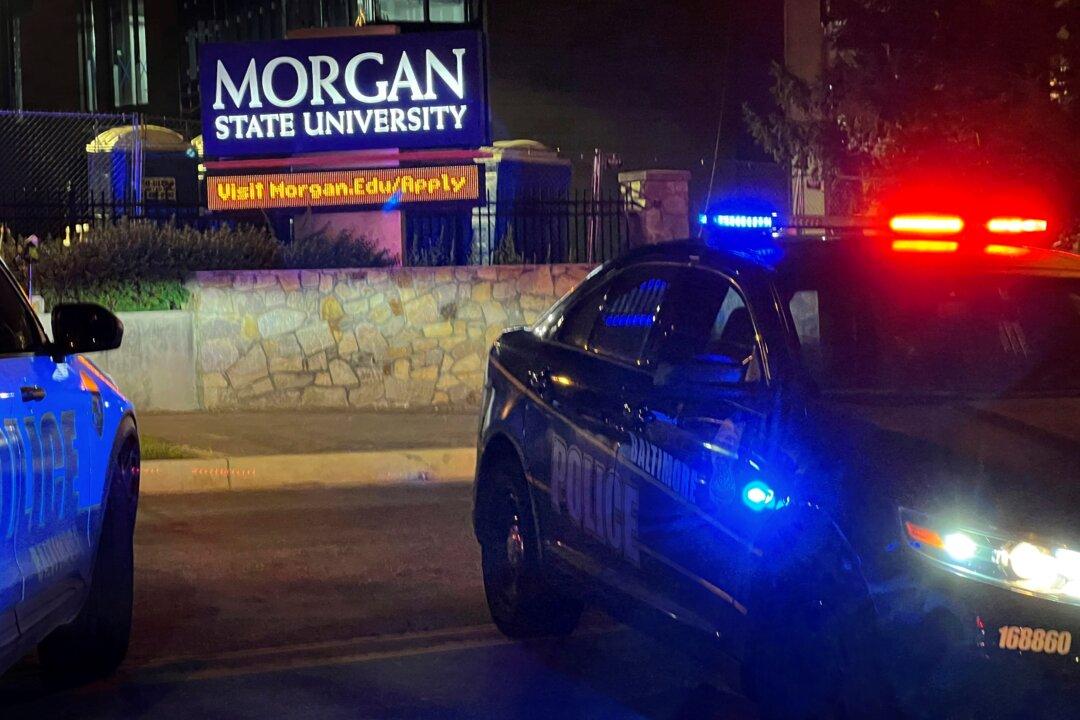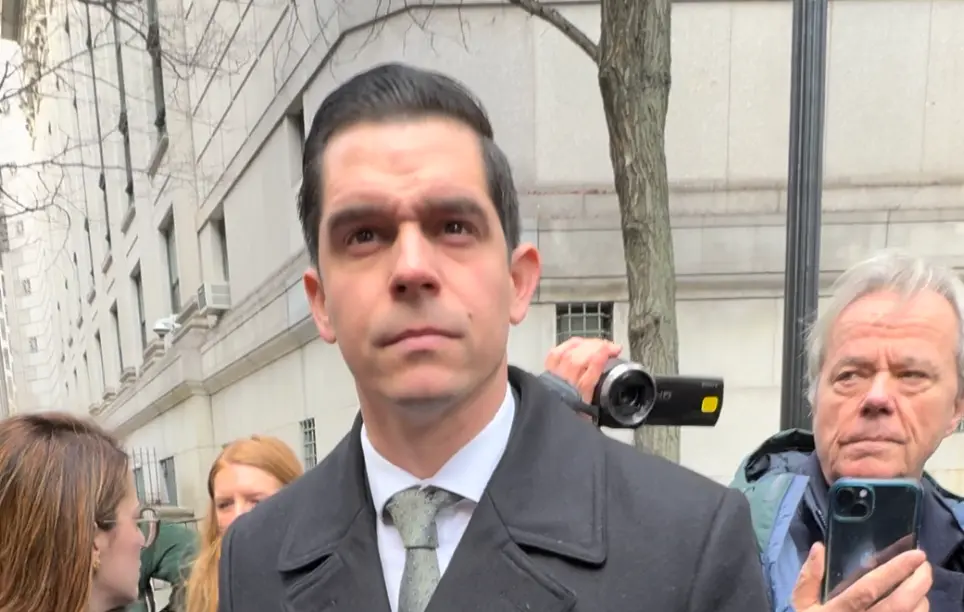It is an unusually quiet night on the streets of Baltimore’s Fells Point neighborhood—but one that still has its share of surprises and shocks, including an attempted robbery of a 71-year-old lady.
Midnight on April 8 has long gone and outside The Point In Fells bar an unstable and inebriated 25-year-old black male threatens a Baltimore Police officer.





